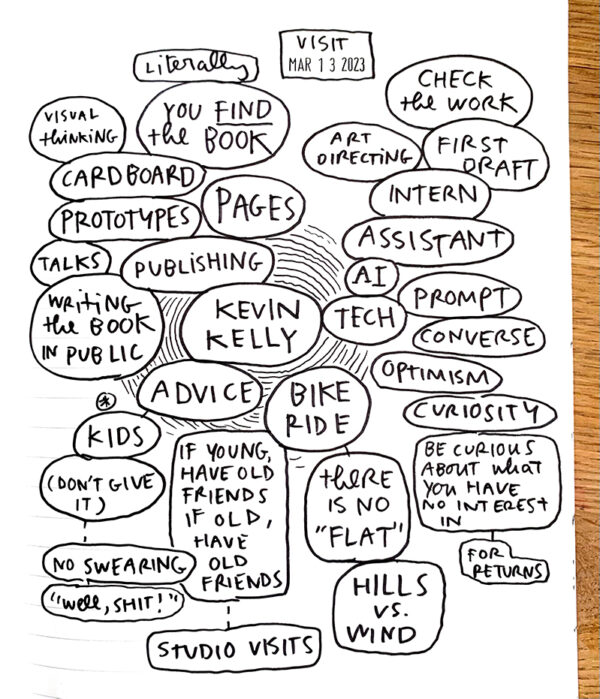
In the comments of my “spring bouquet” newsletter, Ann Collins, writer of the newsletter Microseasons, wrote:
At certain times of the year, I feel like time is both— linear and circular! And that is what has sparked my fascination with the ancient idea of 72 microseasons —each lasting just 5 days. Five days seems like a linear, human-sized, tangible amount of time. Yet the small linear segments are part of a larger Circle of an entire year, which is, in turn, part of a larger Spiral made of many years.
I really like this. (I follow @smallseasonsbot on twitter to remind me of these seasons.)

On this image of circular vs. linear time: It made me think about how if you draw a circle in Photoshop and keep zooming in, eventually the circle will look something like a straight line or (depending on the resolution) a series of steps:

Ann also sent me Tomas Tranströmer’s poem, “Answers to Letters”:
Sometimes an abyss opens between Tuesday and Wednesday but twenty-six years may be passed in a moment. Time is not a straight line, it’s more of a labyrinth, and if you press close to the wall at the right place you can hear the hurrying steps and the voices, you can hear yourself walking past there on the other side.
I could probably talk about moving in a straight line in curved spacetime, but I wouldn’t really know what I was talking about. (Think of the way the earth seems pretty darned flat when you’re driving across Texas.)
Ann’s great point remains: In the micro sense, time usually feels linear — like a line of weekdays on a calendar. But in the macro sense, say, revisiting your notebooks over many years, it often feels circular.



